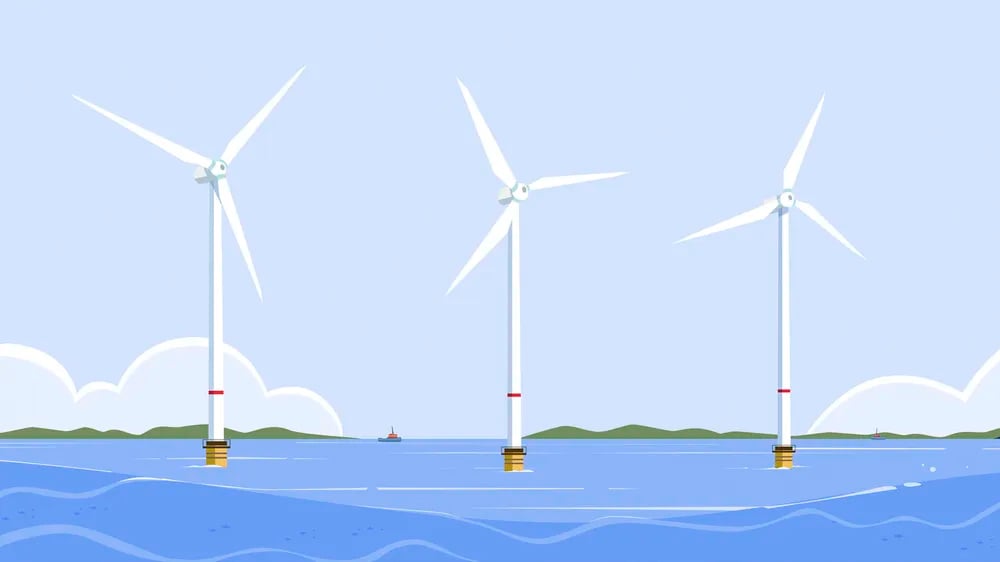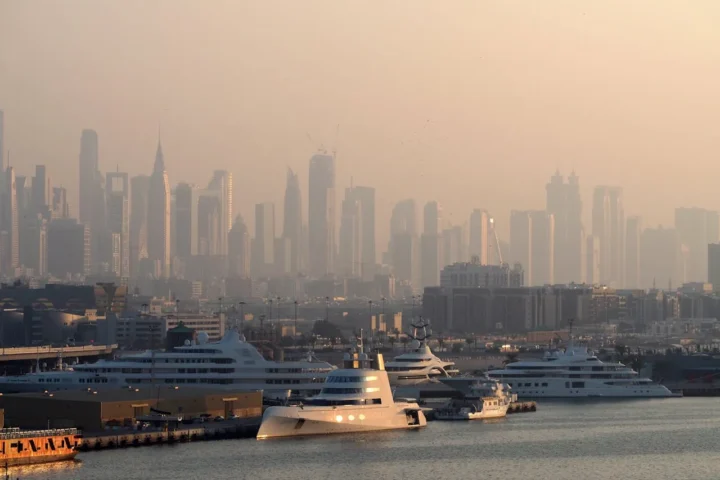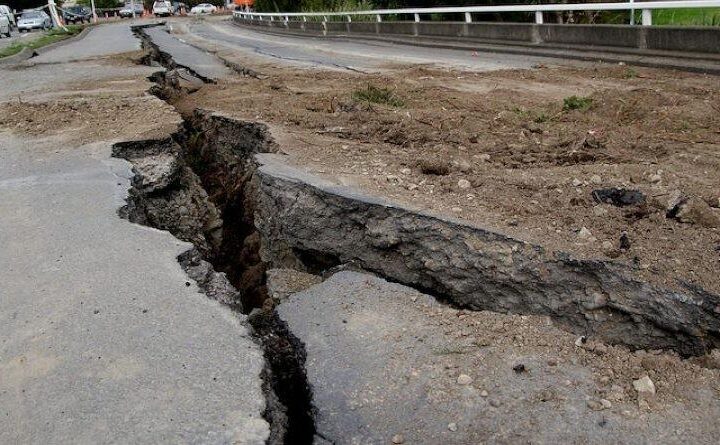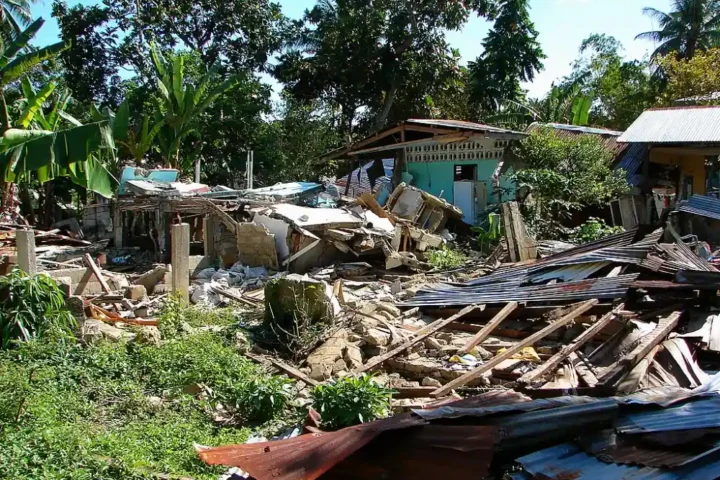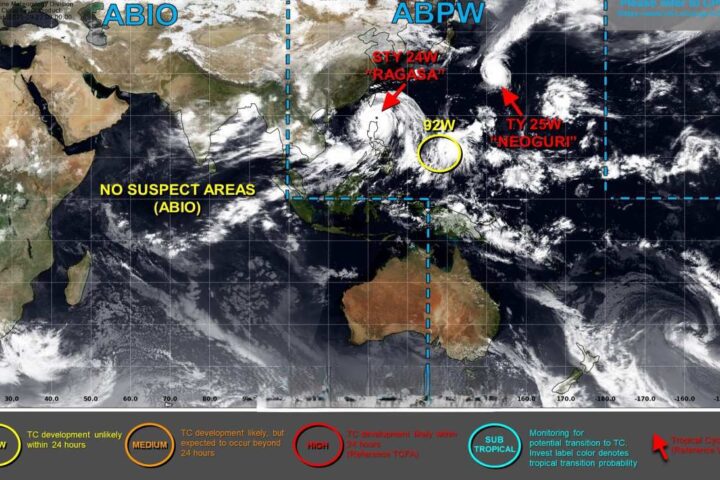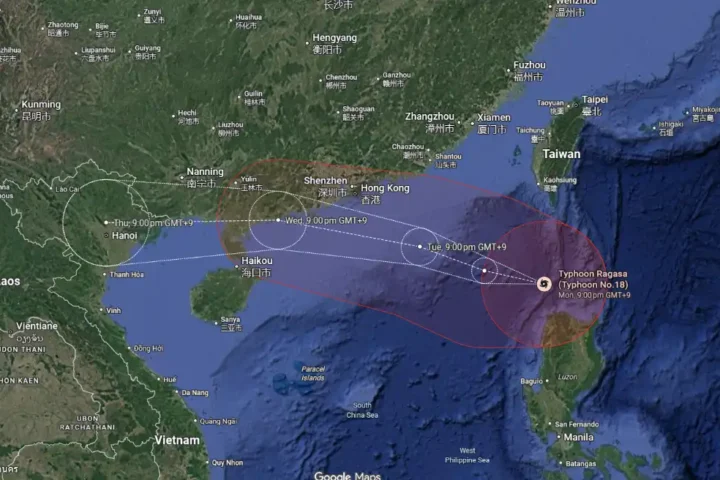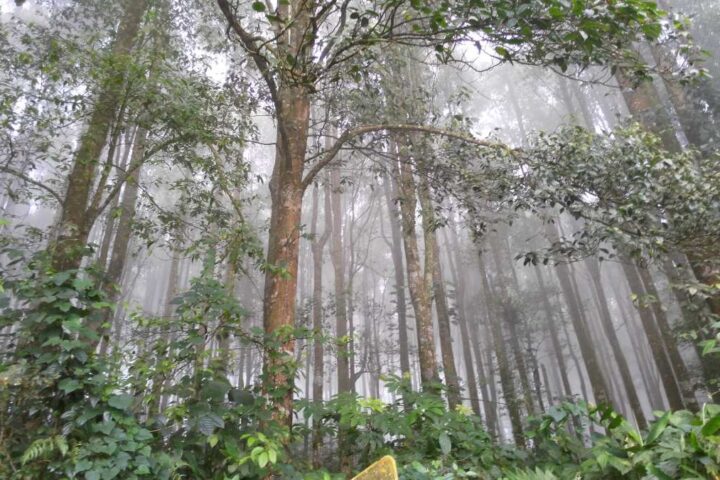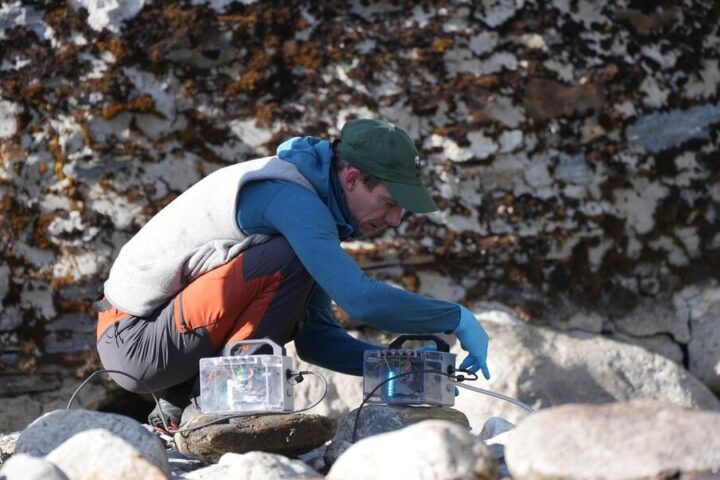Google has inked a power purchase agreement with Copenhagen Infrastructure Partners (CIP) for energy from the 495 MW Fengmiao I offshore wind farm. This marks Google’s first offshore wind deal in Taiwan and the broader Asia-Pacific region, reflecting the tech company’s expanding renewable energy portfolio.
The deal comes as Taiwan pushes ahead with ambitious clean energy goals and as Google works toward its target of 24/7 carbon-free operations by 2030.
Financial Close Achieved, Construction Underway
Fengmiao I has cleared a critical hurdle as the first project from Taiwan’s Round 3.1 offshore wind auction to secure financial close. Manufacturing and construction have already begun, with the project slated to begin generating power in 2027.
The completed wind farm will supply clean electricity to Google’s Taiwan data center, cloud region, and offices – infrastructure that demands reliable, consistent power.
“Our collaboration with CIP and the supportive landscape in Taiwan – in both the legislature and the community – reinforce our belief in the massive potential for offshore wind development in the region,” states Google’s announcement.
CIP’s Jesper Krarup Holst acknowledged current market challenges: “Offshore wind is facing headwinds in several markets and therefore reaching financial close for Fengmiao I demonstrates our commitment to delivering offshore wind even in uncertain times.”
Mark Wainwright, CEO of Fengmiao I, emphasized the broader impact: “As we embark on the construction phase, we do so proudly in the knowledge that we are accelerating Taiwan’s energy transition, advancing toward its goal to install 15 GW of additional offshore wind capacity between 2026 and 2035, and revitalising the communities in which we operate.”
Similar Posts
Building a Multi-Source Clean Energy Strategy
Google isn’t putting all its eggs in one basket. The company has steadily built a diverse renewable energy portfolio in Taiwan, including solar investments through a partnership with BlackRock to back projects developed by New Green Power. Google also secured Taiwan’s first corporate geothermal power purchase agreement with Baseload Capital in 2024.
This three-pronged approach—wind, solar, and geothermal—creates complementary power sources. Offshore wind typically generates more consistently than solar, especially during nighttime hours. Geothermal provides steady baseline power. Together, they help Google inch closer to its round-the-clock clean energy goal.
The company’s progress report shows it reached 66% hourly carbon-free energy globally by early 2024. Yet Google’s emissions increased 48% in 2024 compared to 2023, underscoring the urgency of projects like Fengmiao I.
Taiwan’s Growing Offshore Wind Sector
Taiwan sits in the sweet spot for offshore wind. Its location in the Taiwan Strait provides consistent, strong winds—ideal conditions for power generation. The government has targeted 15 GW of offshore wind capacity by 2035, creating a supportive regulatory environment for projects like Fengmiao I.
CIP has secured multiple corporate buyers beyond Google. The developer signed power purchase agreements with United Microelectronics Corporation (UMC), Sino-American Silicon Products, Far EasTone Telecommunications, and MediaTek—showcasing broad corporate interest in renewable energy across Taiwan’s industrial landscape.
The technical specifications are substantial. Fengmiao I will deploy 33 Vestas V236-15.0 MW turbines, representing some of the most advanced wind technology available. This follows the April 2024 launch of Ørsted’s 900 MW Greater Changhua 1 and 2a project, which briefly held the title of largest wind farm in Taiwan and the Asia-Pacific region.
Google’s environmental commitments stretch back to 2007, when it began operating as carbon-neutral. Since 2017, the company has matched 100% of its global electricity consumption with renewable energy purchases annually.
However, annual matching doesn’t address the real-time nature of electricity use and generation. This limitation prompted Google to adopt its more stringent 24/7 carbon-free energy goal. The company’s renewable energy contracts now exceed 80 agreements worldwide, adding over 10 GW of clean power capacity.

Asia’s renewable energy transition lags the global average—renewables generate 34% of the region’s electricity compared to 41% worldwide. Corporate power purchase agreements like Google’s Fengmiao I deal provide crucial financial backing for clean energy infrastructure in growing markets.
